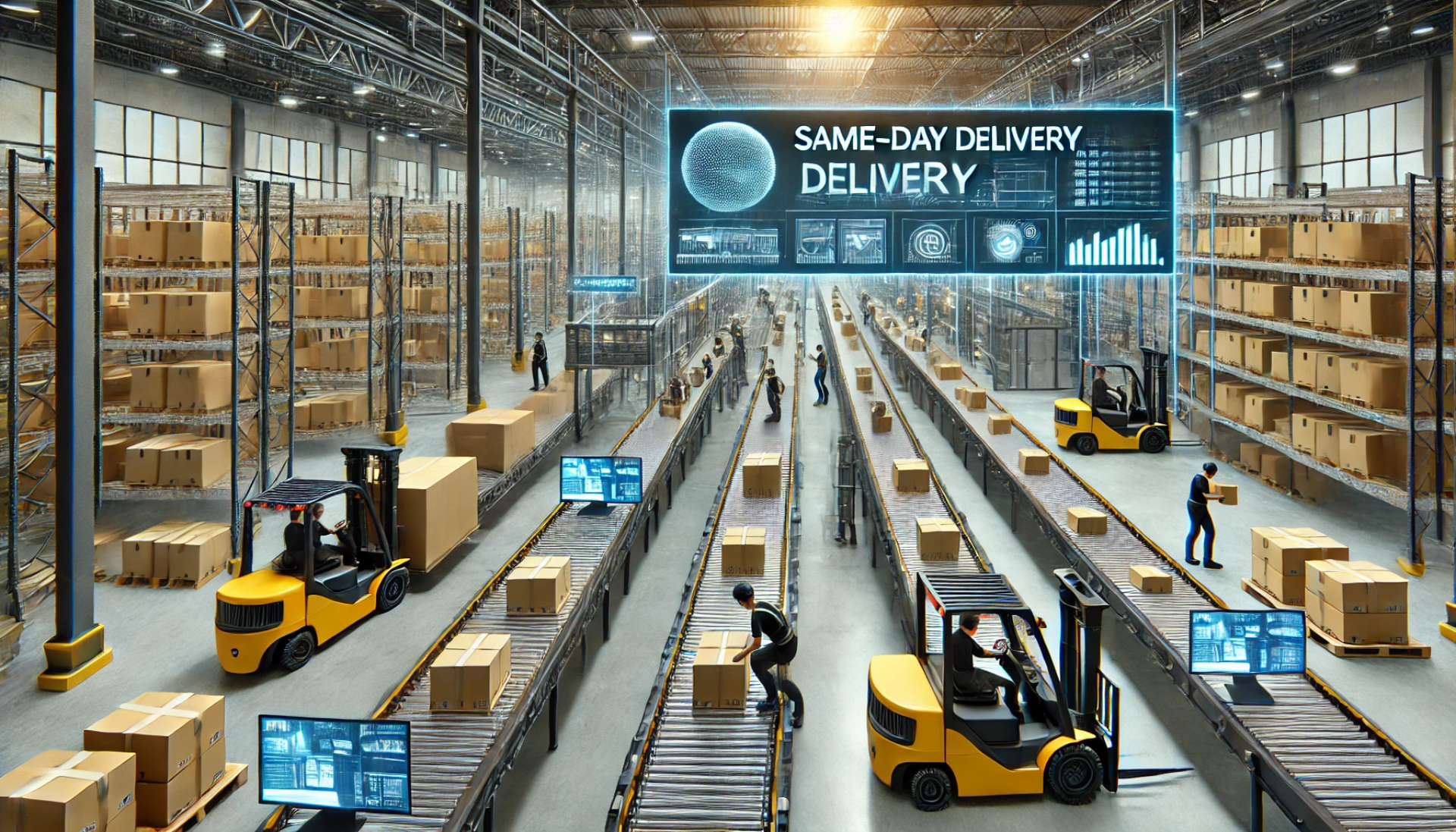Food Safety Meets Sustainability: The Skills You Need for the Future of Food Manufacturing
Historically, food safety and sustainability have been treated as separate priorities in the food manufacturing industry. However, rising consumer expectations and regulatory pressures mean that companies now need to integrate both into their operations. This holistic approach ensures that production processes are not only compliant with food safety standards but are also environmentally responsible.
For clients in the food manufacturing industry, this shift necessitates recruiting talent that understands how to navigate both areas simultaneously. Employees with these skills will enable your company to implement safe, sustainable practices that meet today’s high standards for quality, ethics, and eco-friendliness. Let’s take a closer look at the key skills to focus on when recruiting for roles that bridge food safety and sustainability.
Key Skills to Recruit for in Food Manufacturing
To ensure that your food manufacturing workforce is equipped to handle both safety and sustainability challenges, it’s essential to prioritise the following skills during recruitment:
1. Expertise in Food Safety Standards and Compliance
- Why It’s Essential: Food safety is a foundational requirement in manufacturing, and staying compliant with standards like HACCP, FDA, and ISO 22000 is critical to protecting consumers and maintaining regulatory approval.
- Skills to Look For: Candidates should have experience with food safety management systems, auditing, and risk assessment. Seek individuals who are well-versed in regulatory requirements and understand how to implement and monitor food safety protocols effectively.
2. Knowledge of Environmental Sustainability Practices
- Why It’s Essential: As consumers demand more sustainable products, your company must demonstrate a commitment to eco-friendly practices throughout the production process.
- Skills to Look For: Recruit candidates who understand environmental management systems, resource efficiency, waste reduction, and carbon footprint minimisation. Certifications such as ISO 14001 in environmental management are an added advantage. This expertise will help your company integrate sustainable practices without compromising on safety.
3. Sustainable Supply Chain Management
- Why It’s Essential: An eco-friendly supply chain is crucial for sustainable food manufacturing, ensuring that raw materials are responsibly sourced and production is resource-efficient.
- Skills to Look For: Look for candidates with experience in supply chain sustainability, supplier audits, traceability, and ethical sourcing. Professionals skilled in sustainable procurement can help your company build responsible supply chains that align with both food safety and environmental standards.
4. Data Analysis and Technological Proficiency
- Why It’s Essential: Data-driven insights play a key role in monitoring and optimising both safety and sustainability efforts. Candidates with data skills can help your organisation make informed, strategic decisions.
- Skills to Look For: Candidates should be proficient in data analysis tools, ERP systems, and technologies like IoT for real-time monitoring. Experience with data visualisation and interpretation can also be valuable, as it enables teams to track food safety metrics and sustainability KPIs effectively.
5. Project Management and Continuous Improvement
- Why It’s Essential: Implementing sustainable practices alongside rigorous food safety measures requires careful planning, coordination, and ongoing improvement. Project management skills ensure that initiatives are rolled out efficiently and consistently.
- Skills to Look For: Seek out professionals with experience in Lean Manufacturing, Six Sigma, and other continuous improvement methodologies. Project management certifications (such as PMP) and an ability to work across departments are valuable assets in roles where cross-functional collaboration is essential.
6. Problem-Solving and Innovation
- Why It’s Essential: The intersection of food safety and sustainability brings unique challenges, from minimising waste without compromising product quality to managing resource scarcity. Innovation and problem-solving are key to overcoming these obstacles.
- Skills to Look For: Prioritise candidates with demonstrated creativity in problem-solving and a track record of implementing innovative solutions. Look for those who can think critically and adapt to evolving industry requirements, as this agility is essential in the fast-paced food manufacturing sector.
As your organisation navigates the future of food manufacturing, certain specialised roles will become increasingly important. Here are some emerging positions that reflect the integration of food safety and sustainability:
1. Sustainability Compliance Officer
- Role Overview: This professional ensures compliance with environmental regulations and sustainability standards, helping your company reduce its ecological footprint while maintaining regulatory compliance.
- Key Skills: Environmental management, regulatory compliance, auditing, and data analysis.
2. Food Safety and Quality Sustainability Specialist
- Role Overview: This role focuses on integrating food safety protocols with sustainable practices, ensuring compliance while supporting eco-friendly production.
- Key Skills: Knowledge of food safety standards, sustainable manufacturing practices, risk management, and continuous improvement.
3. Sustainable Supply Chain Analyst
- Role Overview: Responsible for managing and optimising the supply chain to reduce environmental impact, ensure ethical sourcing, and maintain food safety standards.
- Key Skills: Sustainable supply chain management, supplier relations, data analysis, and traceability.
4. Environmental Impact Analyst
- Role Overview: Analyses the environmental impact of production processes, working with teams to develop strategies for reducing emissions, waste, and resource use while upholding food safety.
- Key Skills: Environmental analysis, sustainability reporting, data interpretation, and regulatory knowledge.
5. Food Production Innovation Manager
- Role Overview: Leads innovation initiatives that focus on creating sustainable food products and implementing eco-friendly production processes without compromising on food safety.
- Key Skills:
Product development, process improvement, sustainability strategy, and a strong understanding of food safety regulations.
Emerging Roles Focused on Food Safety and Sustainability
The body content of your post goes here. To edit this text, click on it and delete this default text and start typing your own or paste your own from a different source.
Final Thoughts
The future of food manufacturing is at the intersection of food safety and sustainability. As your organisation adapts to meet the demands of a more conscientious and regulatory-savvy consumer base, recruiting for these skills will be crucial. By focusing on candidates with expertise in both fields, you can build a workforce equipped to help your company stay competitive, compliant, and committed to a sustainable future.
Whether it’s hiring for emerging roles like Sustainability Compliance Officers or equipping your teams with project management and data analysis skills, your recruitment efforts today will shape your company’s success tomorrow. By prioritising these essential skills, you’ll be well-prepared to navigate the challenges and opportunities in the evolving food manufacturing landscape.











